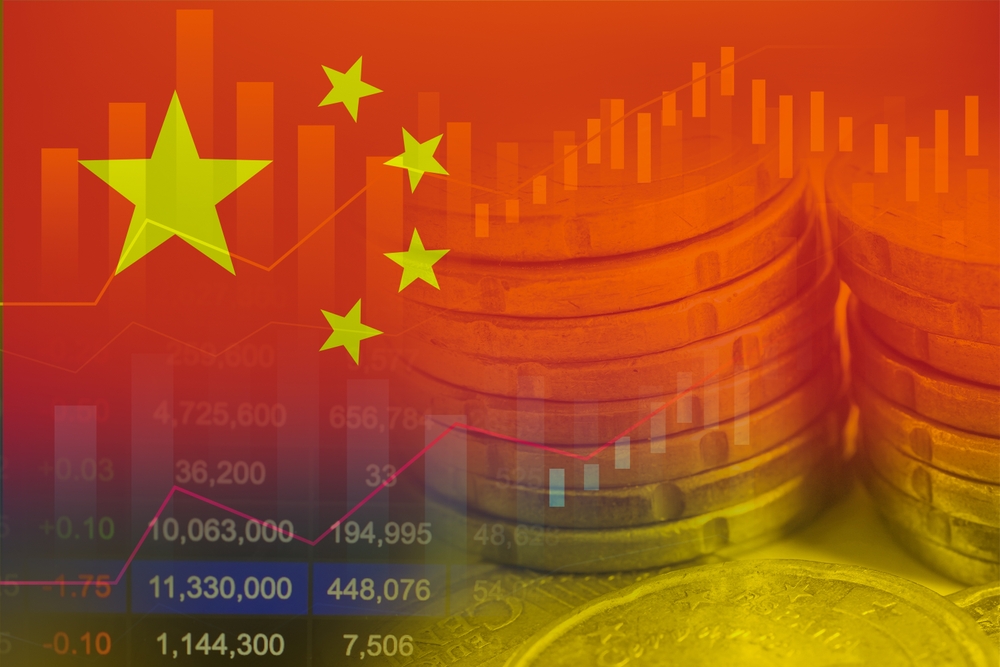China is considering maintaining a 5% economic growth target for 2025, a move that reflects its ambition to navigate global economic pressures, including potential tariff hikes from the United States. This strategy, if confirmed, would signal Beijing’s commitment to economic resilience and global competitiveness amid rising trade tensions.
Pushing for Ambitious Growth Amid Global Slowdown
A 5% growth target for 2025 would defy market expectations of a gradual slowdown in the Chinese economy. While many analysts predicted a more conservative target due to challenges like weaker global demand and escalating U.S. tariffs, Beijing appears ready to aim high.
According to a Reuters poll, China’s growth is expected to hover around 4.5% next year. However, economists warned that tariffs could shave up to 1 percentage point off growth, necessitating robust fiscal measures.
“It’s entirely possible to offset the impact of Trump’s tariffs on China’s exports by further expanding domestic demand,” said Yu Yongding, an adviser and government economist who supports a 5% target.
The Role of Fiscal Stimulus
Key to achieving this ambitious goal is stronger fiscal policy. Yu Yongding emphasized that next year’s budget deficit should exceed the 3% of GDP planned for 2024. This approach would involve significant government spending to stimulate domestic consumption and infrastructure development, offsetting external trade pressures.
While critics argue that heavy stimulus risks creating property bubbles and increasing local government debt, advocates insist it is necessary to maintain China’s global stature, national security, and social stability.
The Central Economic Work Conference and Decision-Making
China’s economic growth target is a closely watched indicator of Beijing’s policy priorities. Recommendations from government advisers will be presented at the Central Economic Work Conference in December, where top leaders will finalize economic goals for 2025. However, the official target will not be announced until the National People’s Congress in March.
While advisers play an influential role in shaping policy, their suggestions are not always adopted in full. Of the six advisers consulted by Reuters, four supported a 5% target, while others suggested goals ranging from 4% to 5%.
Navigating U.S. Tariffs and Trade Tensions
The proposed growth target also signals Beijing’s readiness to respond decisively to incoming U.S. President Donald Trump’s proposed tariff hikes, which could exceed 60% on Chinese imports. If negotiations fail to reduce or delay these levies, Beijing appears prepared to cushion the impact through domestic economic expansion.
Balancing Ambition with Economic Risks
While some economists advocate lower growth targets to reduce reliance on stimulus, the government faces pressure to sustain high growth to safeguard social stability and maintain global influence. This balancing act will likely define Beijing’s economic strategy in the years ahead.
China’s consideration of a 5% growth target for 2025 reflects its determination to navigate economic uncertainties while maintaining its global economic leadership. By leveraging fiscal stimulus and expanding domestic demand, Beijing aims to shield its economy from external pressures. The months ahead will reveal whether this ambitious goal aligns with China’s broader economic and political objectives.


